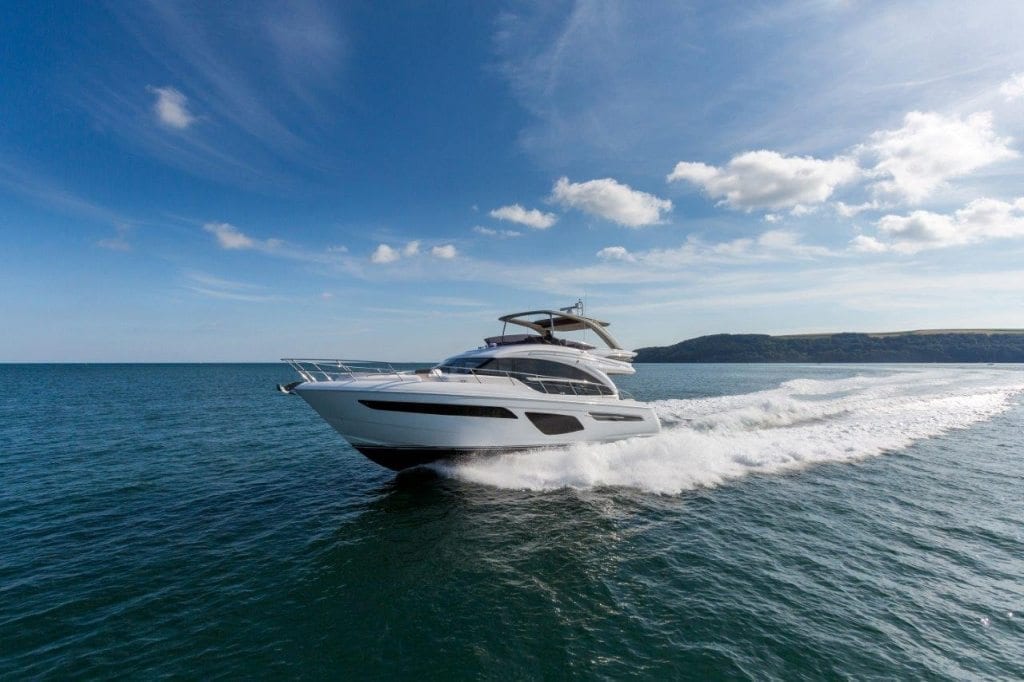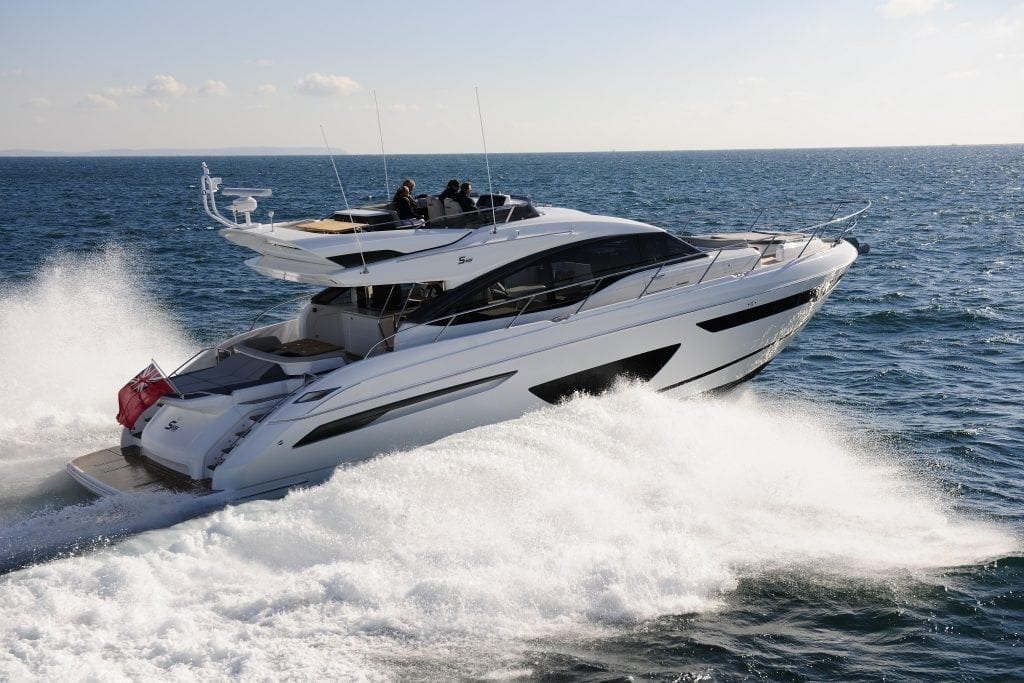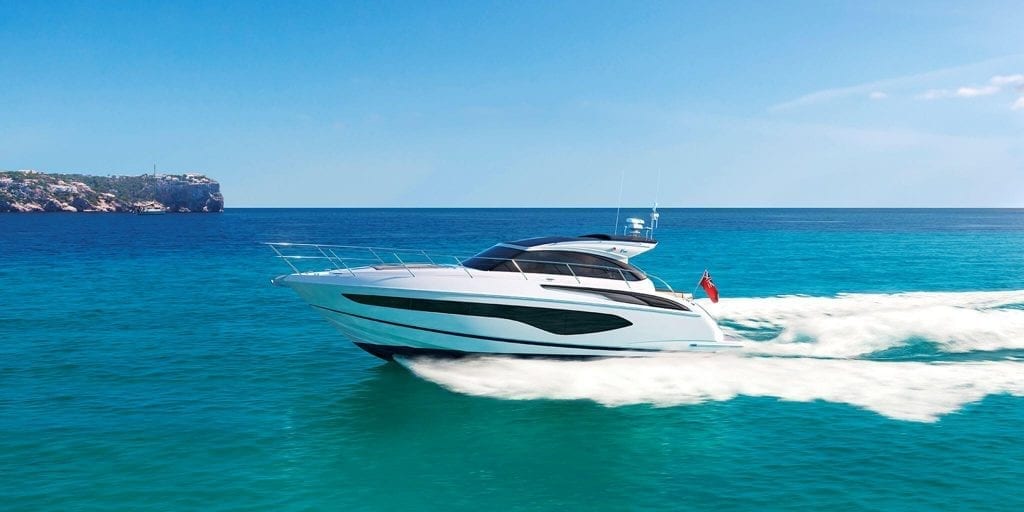The land is full of handy fixed visible cues for navigation and charting. The sea is different. Very different. It’s featureless, and it’s easy to lose your way. That’s why, over the millennia, seafarers have had to develop unique and innovative ways to measure speed and distance on the ocean waves.
As someone with a keen interest in luxury yachts, perhaps the fortunate owner of one, it makes sense to familiarise yourself with two of the most important nautical terms, created with efficient voyages and the safety of people at sea in mind.
If you want to get to grips with nautical terminology speed is measured in knots – and distance, is measured in nautical miles.
An explanation of nautical miles
Nautical miles are a measure of distance. A nautical mile (NM or nm) is the official unit of measurement used by all countries for both sea and air navigation. It measures exactly 1,852 metres, 1.852 kilometres, a measurement inspired by the planet’s circumference and exactly the same as one minute of latitude.
Here’s how it works. You treat the equator as a circle. You can divide that circle into 360 degrees, then split each degree into sixty minutes. One minute of a degree equals one nautical mile, which is actually slightly longer than a standard mile, known as a statute mile. In fact a nautical mile measures 1.1508 statute miles, which in turn equals 6,076 feet. So if you are ever asked ‘how far is a nautical mile?’ you will be able to accurately reply – ‘just over 1.15 miles’.
Geometry demands we use the minute of latitude to correspond to a nautical mile, not the minute of longitude. That’s because minutes of longitude get smaller as they get further from the equator (they converge toward the poles), while latitude lines don’t.
An explanation of knots
A knot is a nautical mile per hour, not a nautical mile in distance. Knots are a measure of speed on the water, and a knot is a unit of speed equal to one nautical mile per hour, where one knot is 1.15 miles per hour. Together, the nautical mile and knot mean seafarers can accurately describe distance and speed on water.
Who dreamed up knots and nautical miles?
We already knew the planet’s circumference thanks to the ancient Greeks. The British mathematician Edmund Gunter first introduced a new way to define latitude at sea using lines of latitude as the base for a unit of distance. He pinned down the nautical mile as one minute, or one-sixtieth of a degree of latitude.
According to Gunter the nautical mile measured 6,080 feet, 1853 meters, in other words the length of one minute of arc at 48 degrees latitude. In 1929 the international nautical mile was confirmed for good at 6,076 feet or 1,852 metres at the International Extraordinary Hydrographic Conference in Monaco. This remains the official definition of a nautical mile, accepted by both the International Hydrographic Organization and the International Bureau of Weights and Measures.
The word ‘knot’ goes back to the 1600s, when sailors used a ‘common log’ to figure out a ship’s speed. The log was actually a wedge-shaped chunk of wood attached to a coil of rope with evenly-spaced knots in it. The wood was allowed to float for a specified time over the stern (rear end) of the ship, and the rope was allowed to play out freely from its coil. When the line was pulled in the number of knots on the rope between the ship and the wood were counted, measuring the vessel’s speed. Several regular measurements taken each day ironed things out and provided a remarkably accurate daily average speed, measured in knots.
Today knots are measured in the same way but without a rope and wood. We use advanced technologies like Doppler radar and satellites instead, all much easier to handle and accurate to a far higher degree.
Some examples to help you get a mental picture
Speed is, of course, the measure of distance travelled over time.
- One knot equals one nautical mile per hour, 1.15 statute miles per hour or 1.852 km per hour.
- One nautical mile equals 1.15078 statute miles.
- Three knots is 3.445 statute miles an hour or 5.55 km per hour, roughly the same as the average walking speed.
- 10 knots is 11.515 statute miles an hour or 18.55 km per hour, roughly the same as the average cycling speed.
- If your yacht is travelling at 15 knots it’s travelling at 15 nautical miles an hour.
- If your boat is going at 7 knots it’s moving at roughly the same as the average adult’s running speed, around 8mph.
- Imagine you’re driving your car at 30 miles an hour. That’s what moving at 26 knots feels like.
- How fast is 20 knots? Roughly 23 miles per hour.
- How fast is 22 knots? Just over 25mph.
- How fast is the Princess V65? The quoted range of top speeds is from 36 to 38 knots which is a breathtaking 41 to 44mph!
Examples of voyage distances and times based on nautical miles and knots
- If you want to sail from Tenes in Algeria to Aden in Yemen, that’s a distance of 3476 nautical miles. The journey will take you 14.5 days travelling at 10 knots.
- If you’re travelling by sea between Southampton and Malaga, you’re looking at a distance of 1456 nautical miles. Your journey will take you 6.1 days travelling at 10 knots.
- If you want to travel from Dover to Calais it’ll take you around two and a half hours at sea travelling at 10 knots, a distance of 27 nautical miles.
Once you’ve understood nautical miles and knots and their relationship with the measurements we use on land, you’ll be better able to get to grips with exactly what’s going on when you’re on your next voyage.
To find out more about Princess Yachts, contact our sales team on +44 (0)1489 557755 or email [email protected]




